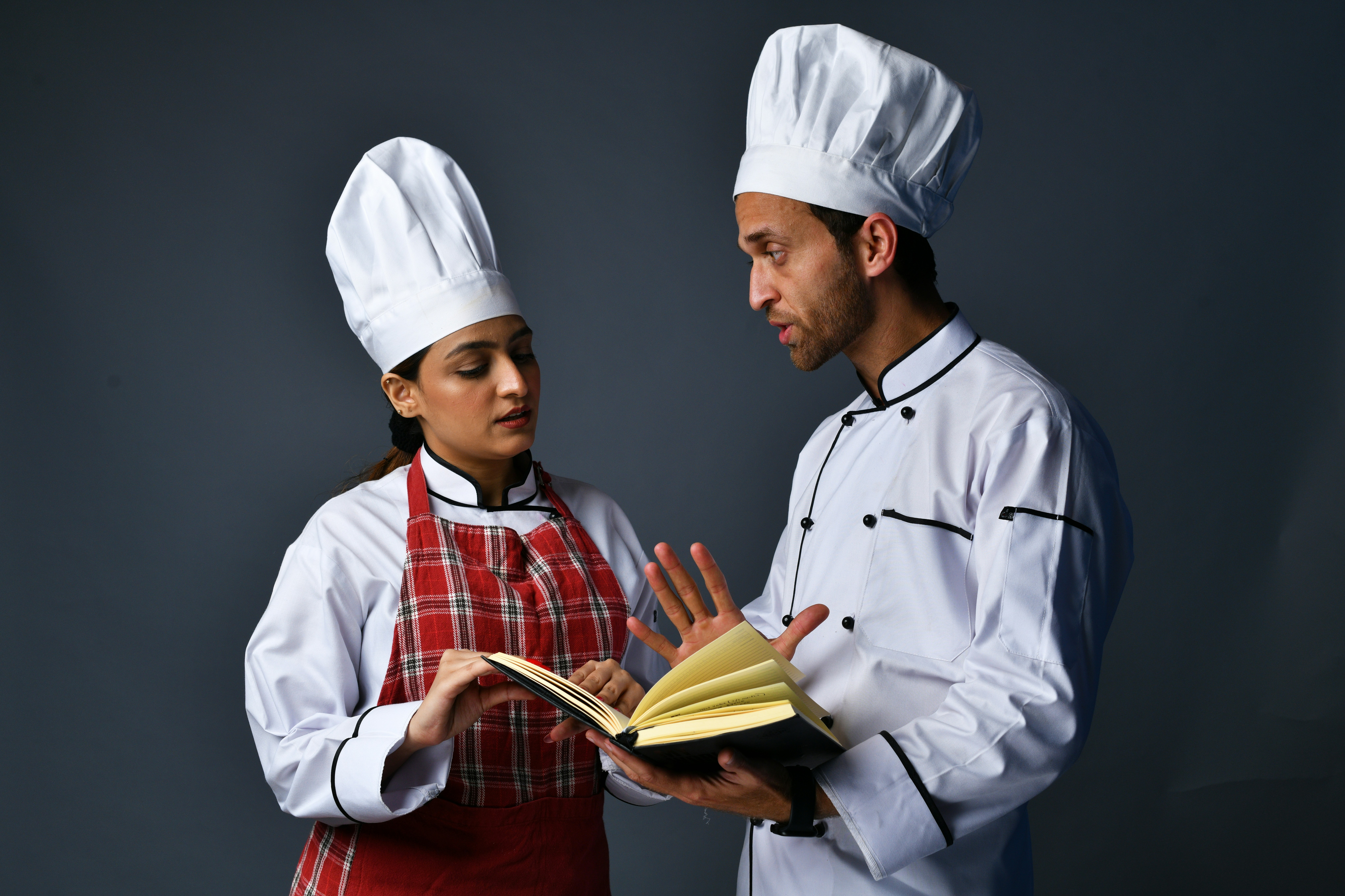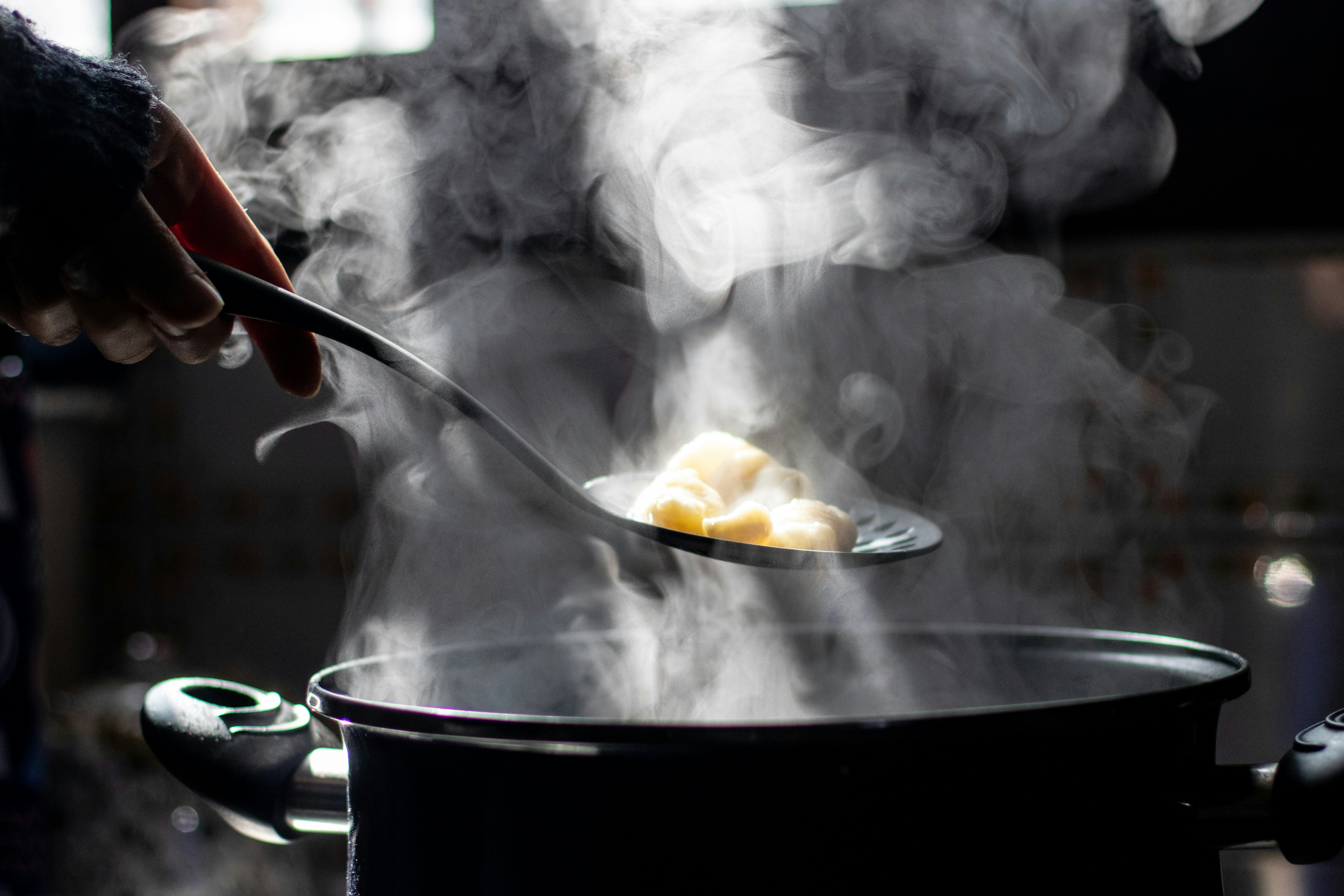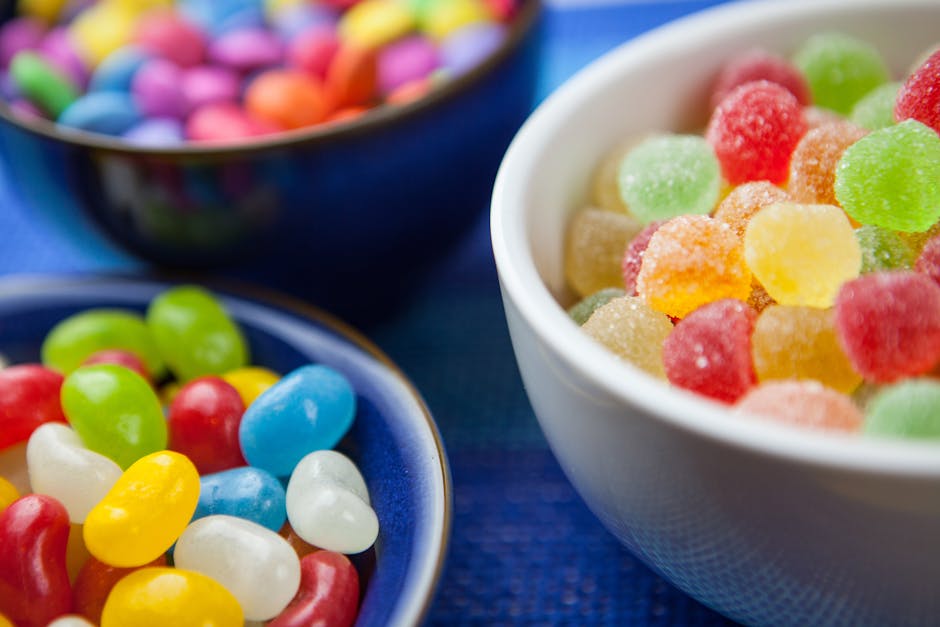Culinary Emotion Mapping: Reflecting Memories in Cooking
Cooking is more than just a way to nourish ourselves; it’s a journey filled with experiences, emotions, and memories. What if you could map these emotions to flavor profiles to create dishes that don’t just satisfy hunger but also evoke cherished memories? This article explores the concept of Culinary Emotion Mapping, where you’ll learn how to use flavor profiles to reflect personal experiences in your cooking, enhancing both taste and memory.
The Intersection of Food, Emotion, and Memory
Food connects deeply with our emotions. When we cook or eat a meal, we're often transported back to specific moments in our lives. Maybe it's your grandmother’s recipe for chicken soup that brings back memories of winter nights spent by the fire. Or perhaps it’s the smell of freshly baked bread that reminds you of family gatherings. These connections create a rich tapestry of flavors that influences how we perceive cooking and dining experiences.
Pioneering research, such as that published on the Harvard Business Review website, highlights the psychological aspects of food—casting food as an emotional medium that reveals who we are and where we come from. Using Culinary Emotion Mapping habits can help unify those memories with flavor pairings, making every meal a personalized experience.
Understanding Flavor Profiles
Flavor profiles serve as a framework for understanding how different tastes work together. They can evoke different emotions or memories based on personal experiences. Here are five core taste sensations:
- Sweet: Often associated with pleasure and celebration. Think of birthdays and desserts.
- Sour: Can evoke nostalgia for childhood treats or refreshing summer drinks.
- Salty: A flavor that often brings a sense of comfort, reminiscent of family dinners or a favorite snack.
- Bitter: These flavors can remind us of acquired tastes, often linked with complex feelings, such as adult experiences or cultural rituals.
- Umami: Known as the savoriness, it connects to hearty, home-cooked meals, often invoking feelings of warmth and safety.
Understanding these flavor profiles is key to mapping emotions to your cooking. When you identify which flavors evoke specific memories, you can recreate these experiences on your plate.
Creating Emotional Connection through Cooking
Cooking isn’t just about combining ingredients; it's about storytelling. When you prepare a meal that resonates with a part of your history or a cherished moment, you are preparing a narrative that tastes delicious. Here’s how to create that emotional connection:
Use Memory as Inspiration
Reflect on significant moments in your life where food played a central role. Was there a family holiday where a certain dish was made? Recall the flavors associated with that dish and use them as a foundation for your culinary creations.
To dive deeper into this idea, check out our article on Flavor Memory Mosaics. It explores how your culinary past influences your current cooking style, providing a wealth of inspiration for your creations.
Match Ingredients with Emotions
Create dishes that match specific emotions or memories. Here’s a simple example: If you want to evoke feelings of summer, think of ingredients that encapsulate that season—fresh tomatoes, basil, and lemon. Consider making a Caprese salad that brings summer vibes alive with every bite.
A deeper exploration of this topic can be found in our post about Flavors of Emotion, where we discuss how the mood influences the food choices we make, providing more tools for crafting dishes that resonate.
Engage Your Senses
To elevate your cooking experience, engage all your senses. Focus not only on flavors but also on aromas, textures, and colors. The interplay of these sensory elements can transform a simple dish into a hearty meal brimming with emotional depth.
For practical tips on enhancing the sensory experience while cooking, don’t miss our article on The Sensory Kitchen. It delves into how you can bring sight, sound, and touch into your culinary practices.
Translating Emotions into Flavor Profiles
By utilizing specific emotional connections tied to flavors, you can start creating a unique “emotion map” for your culinary endeavors. Here’s a step-by-step breakdown of how to translate these feelings into actionable recipes:
Step 1: Identify Your Core Memories
Reflect on significant moments you associate with food. Write these down, detailing the flavors, smells, and emotions tied to those moments.
Step 2: Analyze Flavor Profiles
Match the core memories with the flavors they embody. If a memory signifies comfort, think of savory, soothing flavors like creamy mashed potatoes. If it embodies joy or celebration, perhaps fruity and sweet flavors should take precedence.
Step 3: Craft Your Recipe
Once you have your memories and corresponding flavor profiles, it’s time to create your recipe. Aim for a harmonious blend that tells your story through taste. Experiment and adjust until it feels authentic to you.
Step 4: Share Your Story
Cooking for others can deepen the emotional connection. Share the story behind your dish, inviting your guests to taste the memories you infused into each bite. This enriches their experience and fosters connections.
Incorporating Cultural Influences
The beauty of Culinary Emotion Mapping extends beyond personal memories; it also encompasses cultural influences. Each culture has its own distinct flavors, and these can be interwoven into your personal cooking style to broaden the emotional palette.
Exploring Global Ingredients
Understanding how different ingredients and flavors are perceived globally can broaden your culinary landscape. By incorporating exotic spices or uncommon ingredients, you can evoke new emotions and stories related to various cultures.
For example, consider using saffron, which is often linked to celebration and festivity in Middle Eastern cuisines. Learning about different cultural flavor pairings can enhance your cooking repertoire and personal storytelling. Explore this further in our article on Culinary Cartography, where we examine global flavors through the lens of local ingredients.
Innovative Techniques for Mapping Emotions
As we journey into a culinary world enriched with emotions, there are innovative techniques that you can implement to deepen your experience or expand your map. Below are a few techniques to consider:
Flavor Forging: Crafting Unique Spice Blends
Personalize your spice blends by incorporating flavors that resonate with your memories—perhaps a hint of nutmeg reminds you of grandma’s pies or chili powder evokes summer picnics. This technique not only enhances your dish but serves as a mark of your culinary identity.
You can learn more about creating unique blends in our article on Flavor Forging.
Cooking with Intuition
Sometimes the best dishes come from spontaneous inspiration rather than rigid recipes. Embrace intuition in the kitchen by following your instincts and creating dishes that resonate with your current emotions. Cooking without a strict guide can lead to delightful surprises that reflect your mood in real-time.
For guidance on honing your instinctive cooking skills, check out our post on Cooking with Intuition.
Embracing Seasonal Cooking
Incorporating seasonal ingredients into your cooking not only enhances flavor but ties your meals to nature and the current environment. This connection can foster new memories each season, enriching your emotional palette and culinary repertoire.
Explore how to cook seasonally with our blog about Seasonal Cooking.
Bringing It All Together: Crafting Your Emotional Culinary Experience
Creating culinary dishes that evoke emotions is a powerful art, where the intersections of taste, memory, and culture collide. By mapping these elements together, you not only enhance your cooking skills but create a memorable experience for those who share your meals.
Develop Your Culinary Narrative
As you refine your culinary skills to integrate emotions through flavor profiles, you will begin to develop a rich narrative that reflects who you are as a cook. This narrative adds depth to every dish, allowing you to share not just food, but the stories behind it, creating a shared experience with your audience.
Continuous Exploration
Culinary Emotion Mapping is not a one-time activity; it’s a continuous journey. Keep engaging with your emotions, memories, and cultural influences as you create new meals and refine existing recipes. The more you explore, the richer your culinary connection becomes, fostering innovation and creativity.
Final Thoughts
Mapping culinary emotions to flavor profiles opens up an expansive world filled with memories, experiences, and connections. As you explore this territory, remember to embrace your unique journey, allowing your dishes to represent not just what you eat but who you are. So next time you’re in the kitchen, ask yourself: What memories do I want to evoke? How can I tell my story through flavors? The answers may lead you to your most memorable meals yet.






















